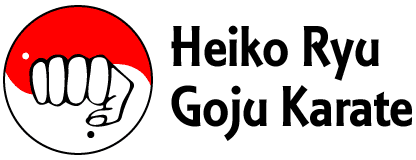Heiko Ryu is a Goju Ryu karate school, drawn from two GojuRyu lineages, tracing two rich teaching lines. The first lineage is GojuKensha, founded by Ohtsuka Tadahiko Hanshi in Japan. The second lineage followed since 2011 involves the teachings of Taira Masaji Hanshi, a world-famous GojuRyu master derived from the Jundokan school in Okinawa.
Our operations and club activities are based in Glen Waverley and Keysborough in Melbourne, Australia; with links established with various Goju organisations throughout Australasia.
The below diagram illustrates our rich history lineage:
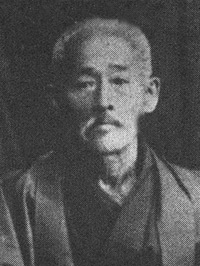 Kanryo Higashionna 1851 - 1915 |
|||
|
|
|||
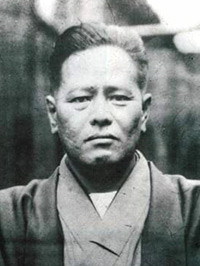 Chojun Miyagi 1888-1953 |
|||
|
|
|||
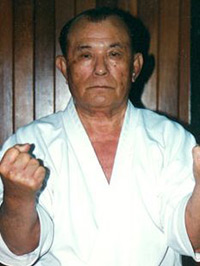 Eiichi Miyazato 1921-1999 |
|||
|
|
|||
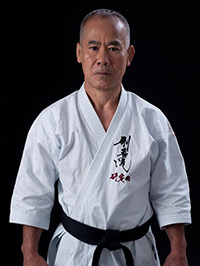 Taira Masaji Hanshi |
|||
|
|
|||
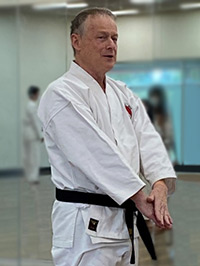 Paul Tomassini |
|||
